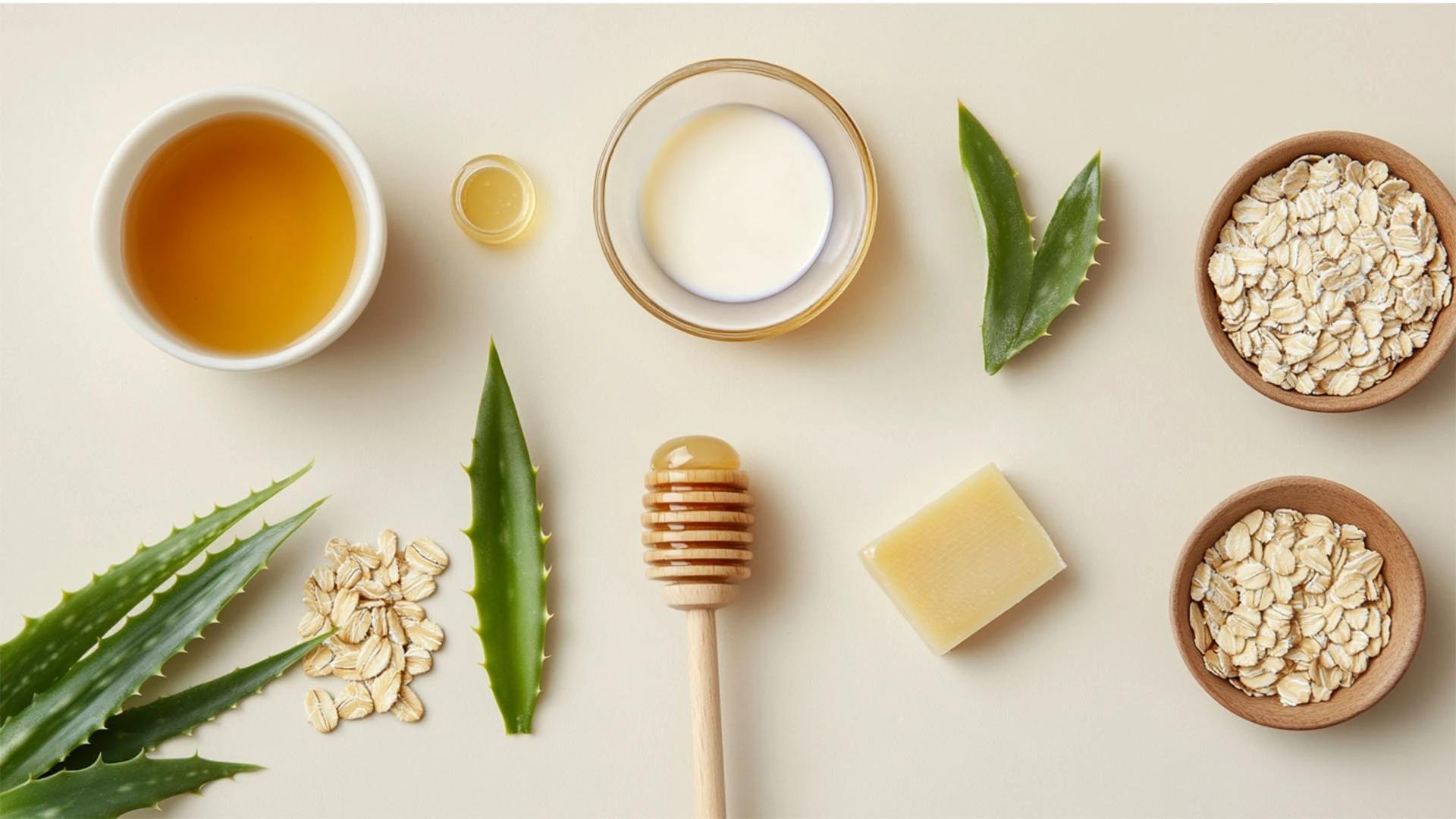Incorporating Clarifying Shampoo into Your Hair Care Routine
The sweet spot for most people is using clarifying shampoo once a week to once a month, depending on your lifestyle. If you use lots of styling products or work out frequently, weekly might work better. For minimal product users or those with dry hair, monthly is usually enough.
Pay attention to how your hair responds and adjust accordingly. Your hair will tell you when it needs that scalp reset—it might feel heavy, look dull, or products might not work as well as usual.
Seasonal Considerations
Your clarifying needs might change with the seasons. Summer often means more swimming, sweating, and styling products, so you might need to clarify more often. Winter air can be drying, so you might reduce frequency and focus on moisture balance. Let your hair guide you through these changes.
Frequently Asked Questions
Can clarifying shampoo strip hair colour?
It can fade colour faster than regular shampoo, especially if used too frequently. If you have colour-treated hair, look for gentler clarifying formulas and use them less often—maybe once a month rather than weekly.
Is clarifying shampoo safe for all hair types?
Most hair types can benefit from occasional clarifying, but very dry, damaged, or chemically processed hair should use it sparingly. Always follow with a moisturising conditioner and pay attention to how your hair responds.
How often should I use clarifying shampoo?
It depends on your lifestyle and hair type. Heavy product users might need it weekly, while others only need it monthly. Start with once a month and adjust based on how your hair feels and looks.
Can clarifying shampoo help with dandruff?
It can help by removing buildup that might contribute to scalp irritation, but it's not specifically designed to treat dandruff. If you have persistent dandruff, consider products specifically formulated for that concern.
What's the difference between clarifying shampoo and detox treatments?
Clarifying shampoos are typically used at home as part of your regular routine, while detox treatments might be more intensive salon procedures. Both aim to deep clean, but detox treatments often include additional steps like scalp massage or special masks.
Final Thoughts
Clarifying shampoo is one of those haircare heroes that doesn't get enough credit. When used properly, it can transform how your hair looks and feels. The key is finding the right balance for your hair type and lifestyle. Start slowly, listen to your hair, and don't forget that conditioning step afterwards. Your strands will thank you for the occasional reset, and you might just discover your new secret to consistently good hair days.

 200 ml
200 ml 200 ml
200 ml 300ML
300ML 200 ml
200 ml